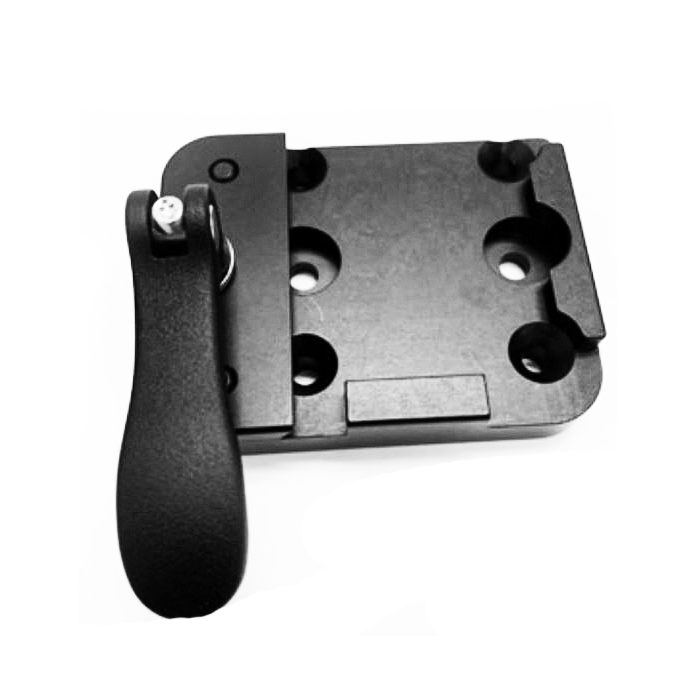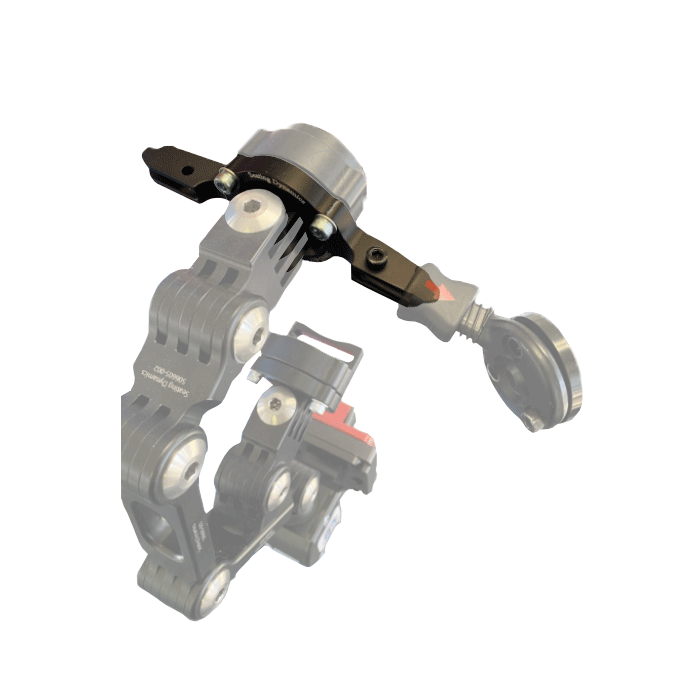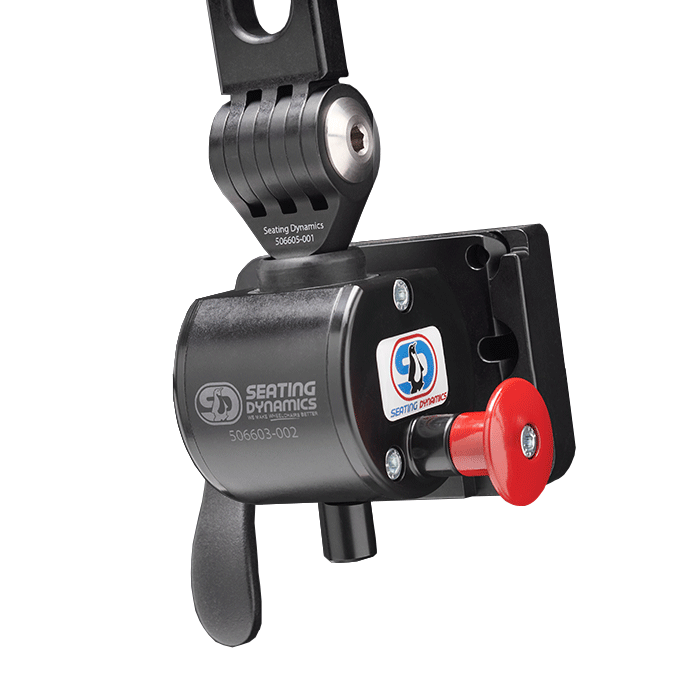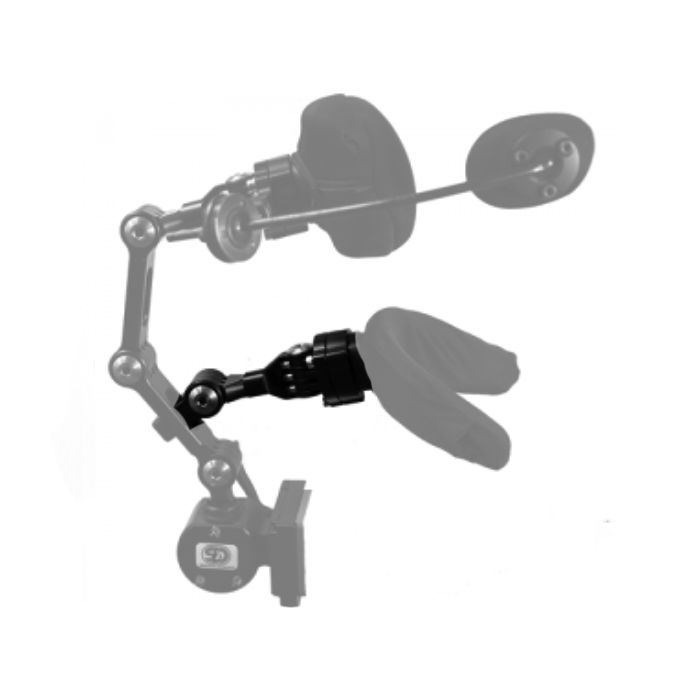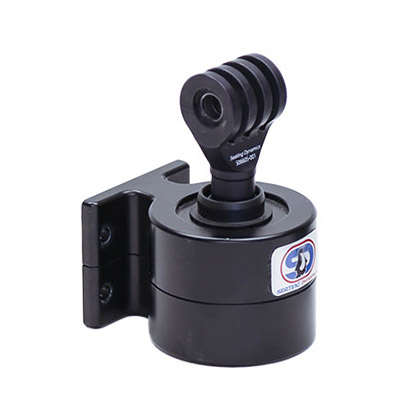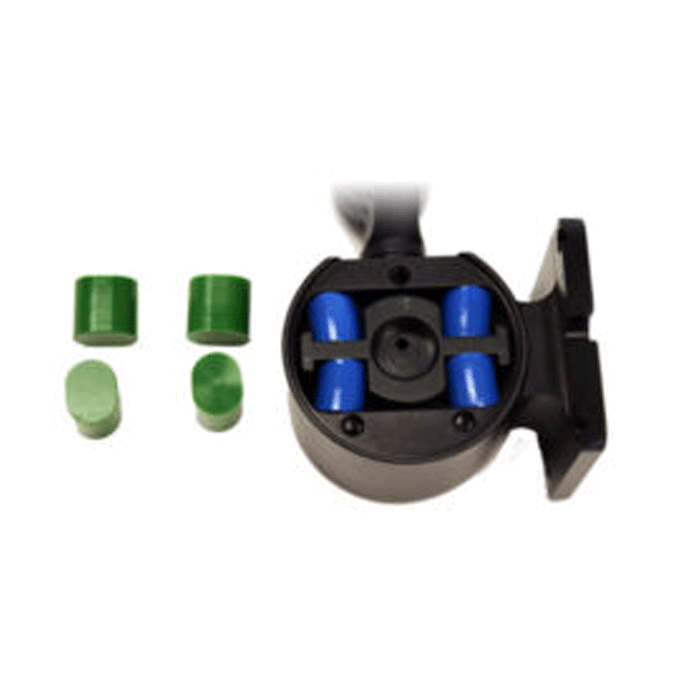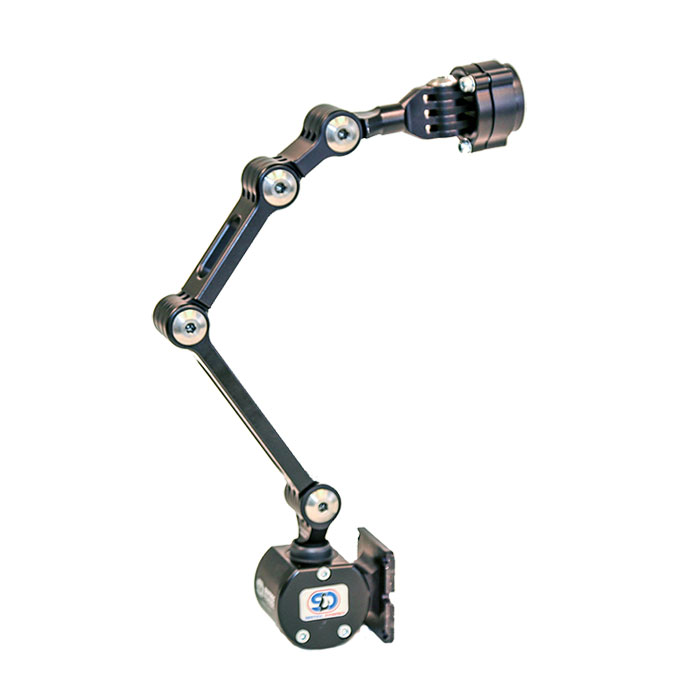Instructionals
Dynamic Rocker Back Impact Elastomer Replacement Instructions
These step by step instructions can be used to change the resistance of or replace a worn DRBi elastomer.
Continue ReadingTech Tip: Using the Footrest Swing Away Function
In this quick tip, JJ illustrates how to use the swing away function on Dynamic and Static Footrests. This feature allows you “swing away” and even remove, if necessary, the footrests.
Continue ReadingTech Tip: Add Lock Out to Existing Dynamic Head Support
In this video: JJ demonstrates how to add the lock out feature to an existing single-axis Dynamic Head Support.
Continue ReadingDetermining if a Dynamic Back is Appropriate
In general, if a client has moderate to significant hip extension, is seeking movement, and/or has a history of equipment breakage, a Dynamic Back may be appropriate. However, trialing a Dynamic Back can be challenging, as the frame may have to be modified to trial this equipment. How do you determine if this intervention is appropriate without actually trying it?
Continue ReadingAngle Adjustable Knee Joint – How do I change it?
This video demonstrates how to change the angle of a Seating Dynamics Footrest using the Angle Adjustable Knee Joint. Dynamic Footrests: https://www.seatingdynamics.com/footrests/dynamic-wheelchair-footrests/ Static Footrests: https://www.seatingdynamics.com/footrests/static-footrests/
Continue ReadingTech Tip: Dynamic Footrests – Knee Angle Adjustment
In our new series of Tech Tips for Dynamic Seating products, JJ shows you how to set the angle at the knee on your Dynamic Footrest for Wheelchairs.
Continue ReadingDynamic Head Support Hardware – Lockout Demo
In this video, JJ demonstrates the lockout function of the Dynamic Headrest allowing users to pause headrest movement when undesirable.
Continue ReadingTech Tip: Dynamic Footrest – Knee Angle Adjustment on Telescoping-only Footrest
In this video, JJ shows you how to adjust the knee angle on the telescoping-only Dynamic Footrests.
Continue ReadingSeating Dynamics – How to adjust the anti-rotation screw
The lower portion of the Seating Dynamics Dynamic Footrest may rotate in relation to the upper portion. If this occurs, please watch this video for instructions on adjusting the anti-rotation screw. For more information about our Dynamic Footrests, please go to https://www.seatingdynamics.com/footrests/dynamic-wheelchair-footrests/
Continue ReadingNew Back Cane Saw & Drill Jig Simplifies DRBi Installation
Seating Dynamics Dynamic Rocker Back interface (DRBi) provides movement in response to client forces. These forces are stored and then return the client to a neutral starting position. This Dynamic Back has many clinical applications, but first it must be correctly mounted to a wheelchair base.
Continue Reading
